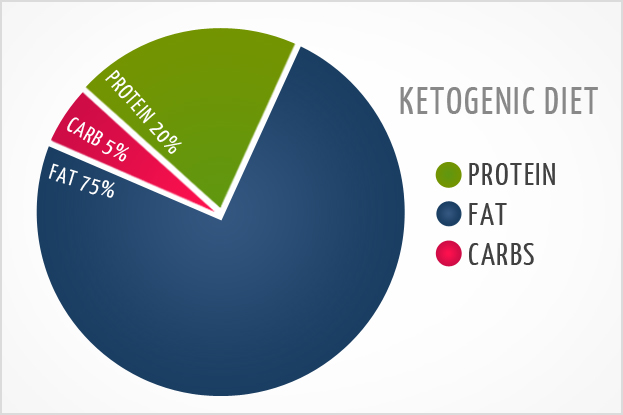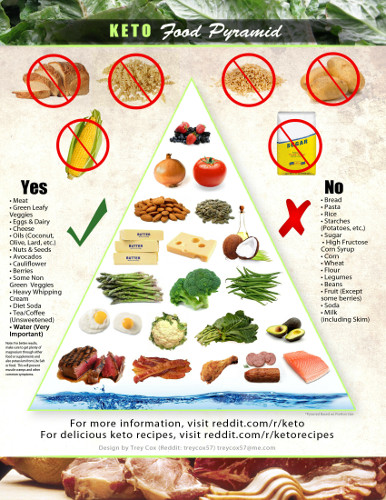I follow a ketogenic meal plan, lovingly nicknamed by its fans as “Keto” (pronounced kee-tow). The ketogenic diet is a Low-Carbohydrate, High-Fat (LCHF*) diet, but in my case it’s less of a diet and more of a meal plan.
I follow a ketogenic meal plan for a number of health effects including:
- Better health: A good ketogenic meal plan is generally rich in nutrients and protein.
- Longer lasting energy: fats digest slower than carbohydrates, allowing those on Keto to get less hungry, less often. When on a ketogenic meal plan I feel more alert and productive throughout the day.
- Diet control: Keto makes it incredibly easy to avoid overeating because foods are generally more satieting. If done correctly, weight loss facilitated by a ketogenic meal plan is often the cause of HDL (good cholesterol) increase, as well as triglyceride, blood sugar, and blood pressure decrease.


 *LCHF meal plans (like Keto) use a low carbohydrate, medium protein, and high fat approach. Image source
*LCHF meal plans (like Keto) use a low carbohydrate, medium protein, and high fat approach. Image source
 Keto food pyramid. Click to view larger. Image source
Keto food pyramid. Click to view larger. Image source